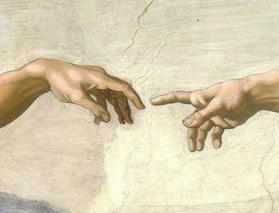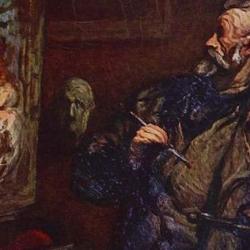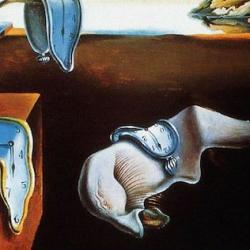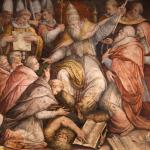Toward the end of the rambunctious Paris Review interview, sometimes a meta-interview about the process of interviewing, Mark Helprin answers the question, Why do you write? As always, he answers circuitously, by contrasting creativity in pre- and modern art:
. . . in a secular world, each artist is a mini-god, tasked with creating new universes between breakfast and dinner. It used to be that if one believed, like Dante or Shakespeare, one was content to imitate the beauties of life and the world, even to praise them. The artist’s task was one of illumination and memory. Now it is one of creation, and look at the difference between, let us say, Mozart and John Cage, or Shakespeare and Samuel Beckett.
The secular impulse “arose when lack of faith abridged the common language of mankind,” and Helprin thinks it has been “mainly destructive. My proof of this is simply to contrast the art of modernism with the art that came before it. But even if you look kindly, as I do not, upon what I consider the wrong turn taken at the beginning of this century, you still may admit that each artist now creates his own frame of reference. That is supposed to be one of the glories of modern art and it partially explains why the artist has been an intellectual; he has to spend most of his time explaining, in the new language he has invented, the new worlds he has created. The only problem is that compared to what we already have these newly created worlds are pretty thin.”
When he finally answers the question, he reaches back toward the older aesthetic: “My answer, then, as you may have guessed, is very simple. I write in service of illumination and memory. I write to reach into ‘the blind world where no one can help.’ I write because it is a way of glimpsing the truth. And I write to create something of beauty.”














